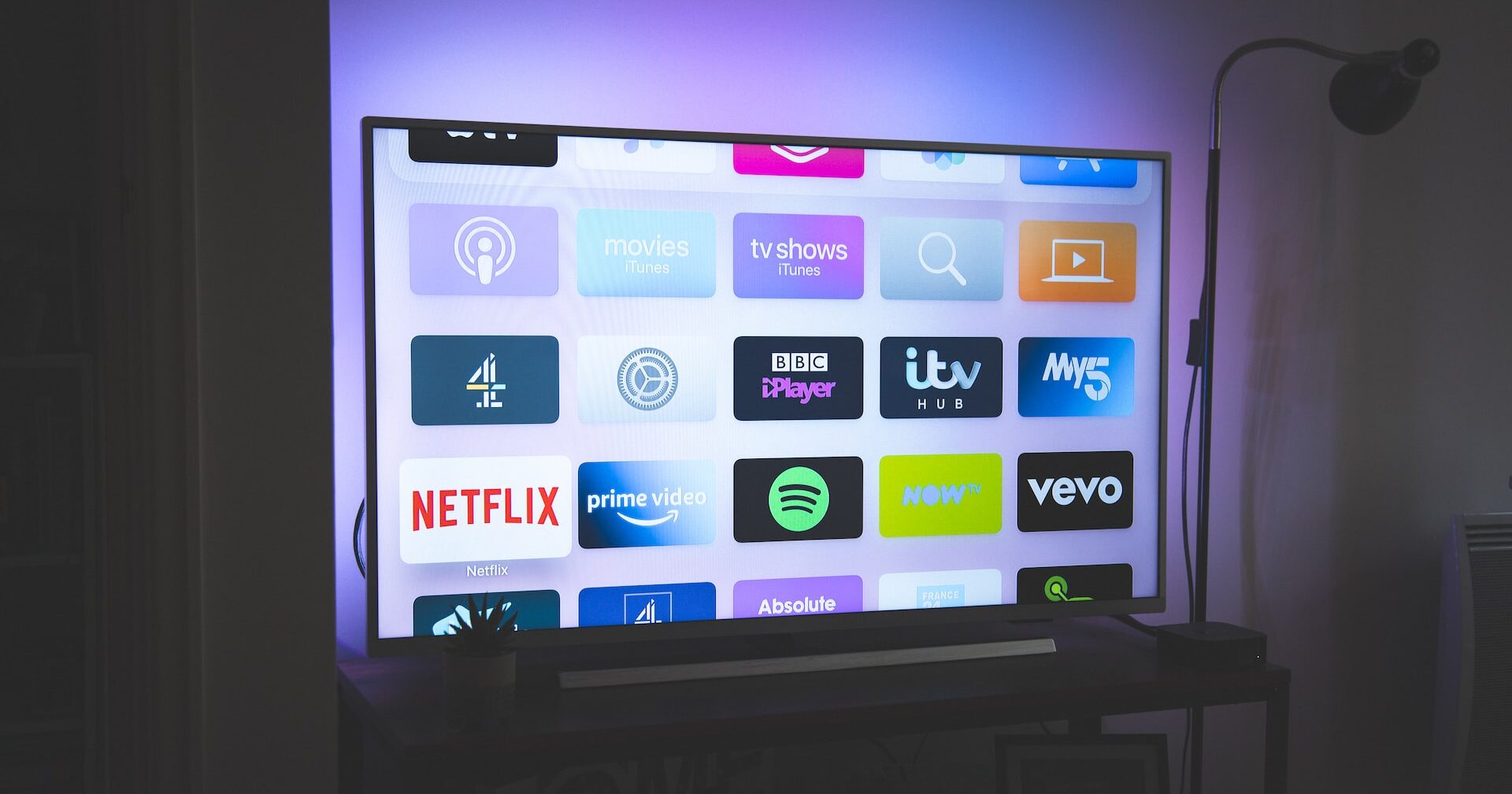Our News
The Carbon Cost of Streaming

Photo by Nicolas J Leclercq on Unsplash
We all love a good movie, right? Over the past few years, we have benefitted from ever more options for watching films – whether it is on television, on Blu-ray or DVD or streaming it straight from our favourite video-on-demand service. But what is the impact of watching a film or television programme and how much does it vary between different delivery formats?
Much has been written about the impact of various streaming services, with The Guardian equating emissions from the electricity used by consumers to download and watch Netflix’s 10 most popular programmes in the month following their release to driving a car beyond Saturn! Netflix, the BBC and other content producers are focusing on reducing the impact of producing and storing films and television programmes, with a view to achieving Net Zero within their operations by the end of the decade at the latest.
But what happens when that content is delivered to the consumer and how do our choices impact emissions downstream?
In the latest version of his book How Bad are Bananas?: The Carbon Footprint of Everything (2020), Mike Berners-Lee indicates that, on an individual level, watching television is relatively low impact relative to other activities – a whole year’s TV watching may be similar to driving a car 500 miles, which many of us do every week. However, the number of people watching around the world means those small individual impacts soon add up.
Our desire for video – whether to watch our favourite films and television programmes or to speak to friends and colleagues over Zoom – is a significant factor in the growing impact of information technology. It is fuelling the need for ever more data centres to store and deliver the content.
Streaming has the greatest impact
Assuming people are watching television on a modern 55-inch LED television, Berners-Lee calculates that watching an hour of terrestrial television is equivalent to 170gCO2e, rising to 206gCO2e for watching on BBC iPlayer or other streaming services. Watching on satellite and cable are also around the 200gCO2e mark.
The figures include the embedded carbon in manufacturing the television and the set-top box, electricity use – a shared allowance for production and transmission. If the same device is used to watch the content – in this case a 55-inch LED television – transmission is the only variable at just 19gCO2e for terrestrial television and 54gCO2e for streaming.
This is similar to the 55gCO2e European average calculated as part of the DIMPACT project to identify the impact of various forms of digital delivery. The project looked only at the impact of streaming and not the embedded carbon in the device or the production of the content.
Devices make a difference
Televisions have become ever more efficient over recent years. Berners-Lee indicates that the carbon footprint from electricity use associated with a modern 55-inch LED screen is one-quarter of that of a 42-inch plasma television 10 years ago. However, due to the size and the component parts used, the embodied footprint from the production of the LED television outweighs that of the plasma set.
Viewing content on a mobile or laptop has a lower carbon footprint than a large-screen television. Both devices have much lower embodied carbon due to their smaller size and weight. They also use less power. As a result, streaming an hour of television from BBC iPlayer on a 13-inch MacBook Pro comes down to 132gCO2e, compared with 206gCO2e for the 55-inch television.
Favourite films
It’s also worth considering how often you watch a particular film or television programme. According to research by students at Michigan State University, if you were likely to watch a film five times or more, it was better to buy the film on DVD or Blu-ray than to stream it every time.
The group were working with data on the impact of streaming from 2017 and Netflix has since been working to reduce power consumption at its data centres, so the ratio may now be slightly different. However, it is likely that for the films that you watch again and again, owning may still outweigh streaming from an environmental point of view.
In the bigger picture of carbon emissions, watching films and television programmes has a relatively low impact compared with other activities. However, being aware of where and how we watch content can help us to make more informed choices and minimise our own impact as much as possible while still being able to enjoy the films we love.